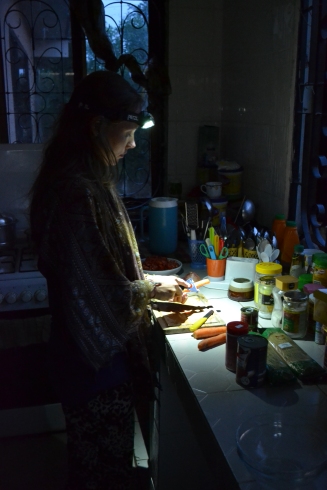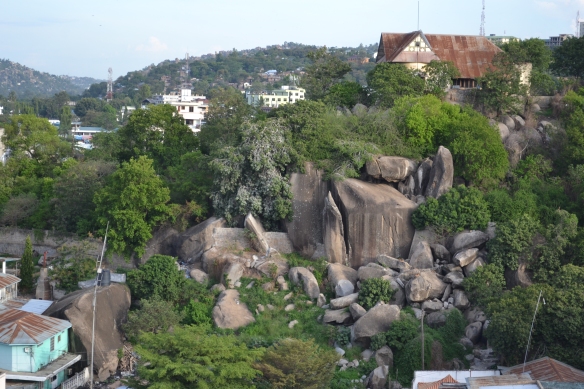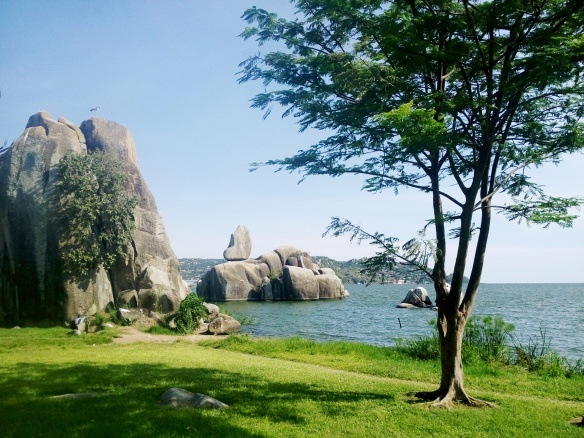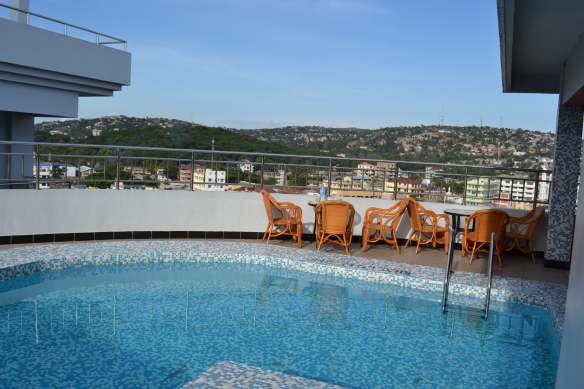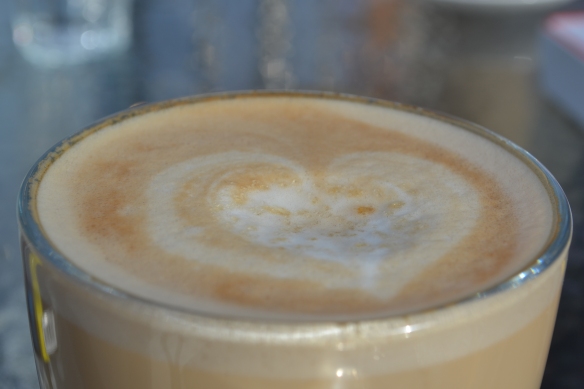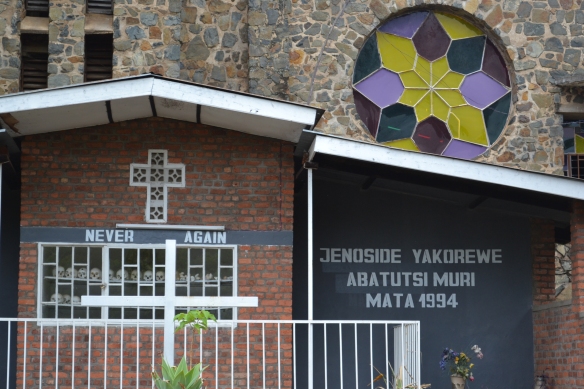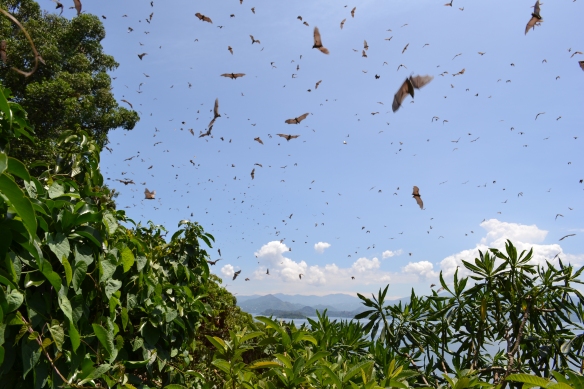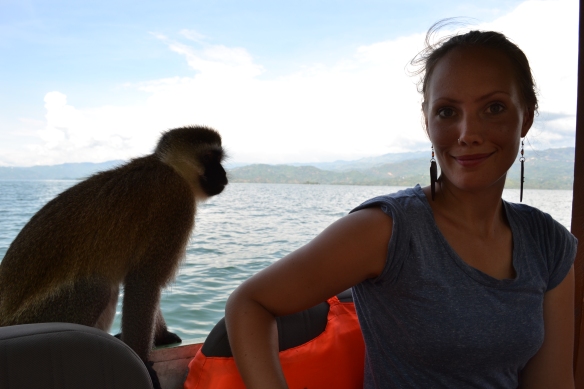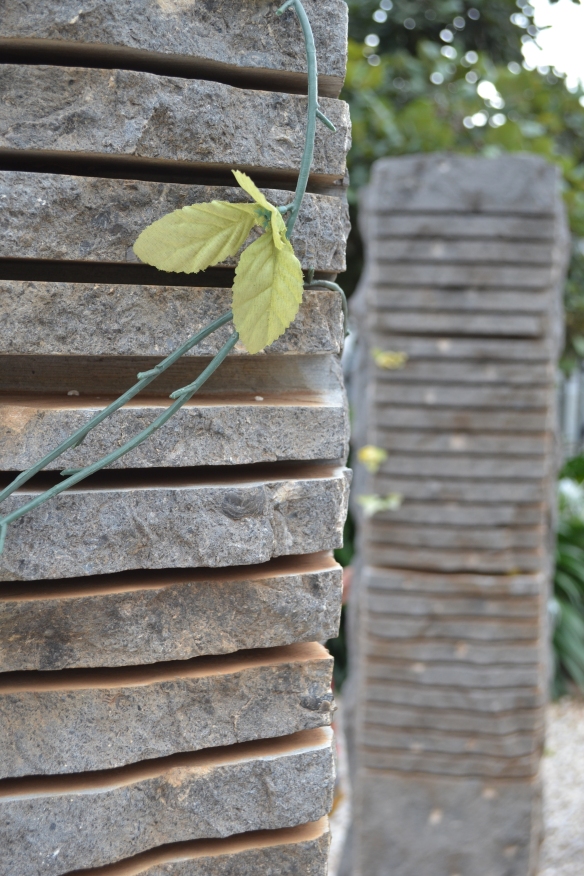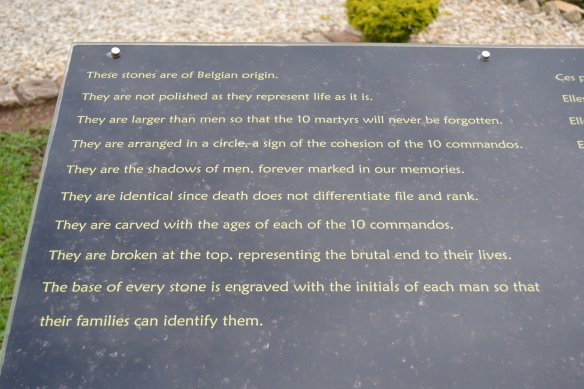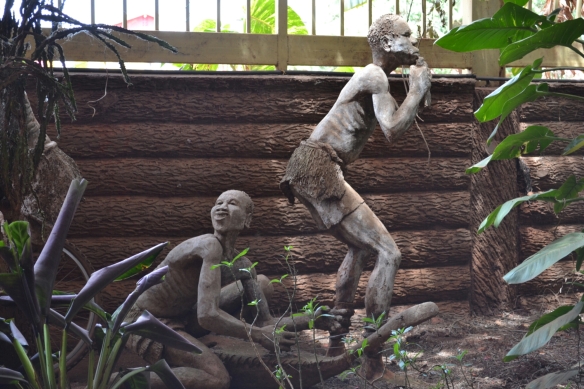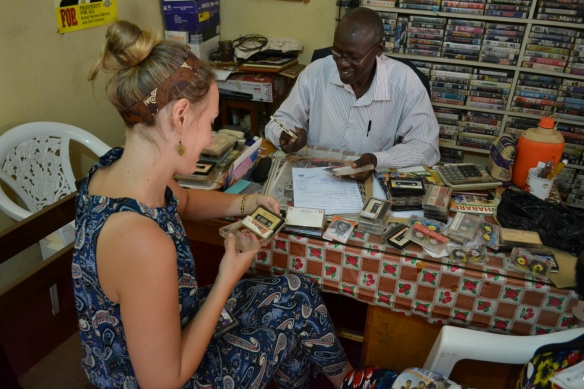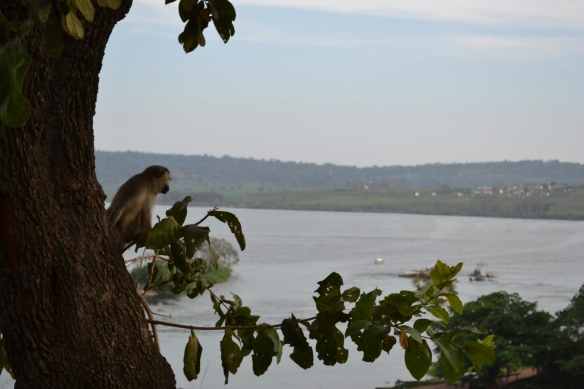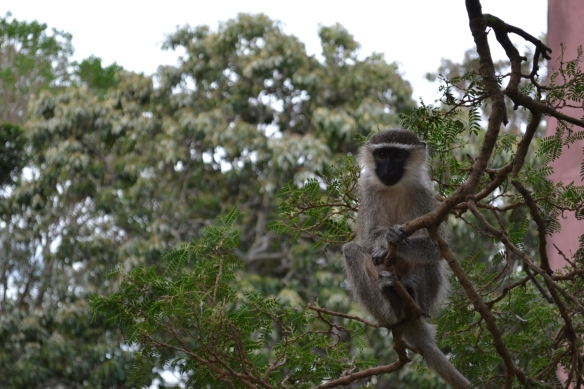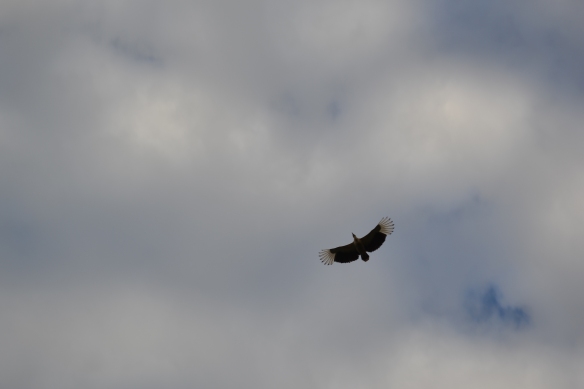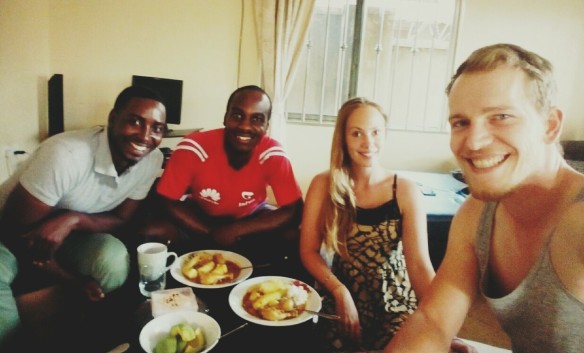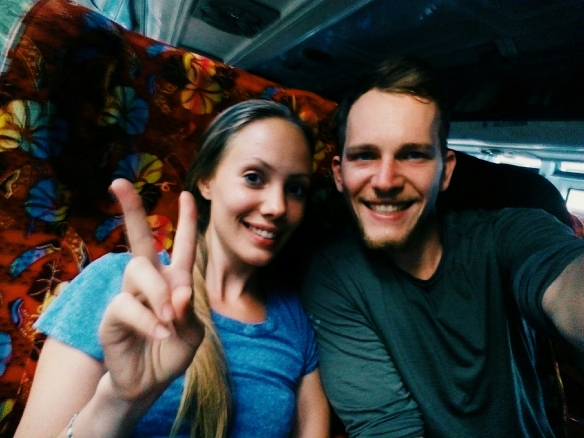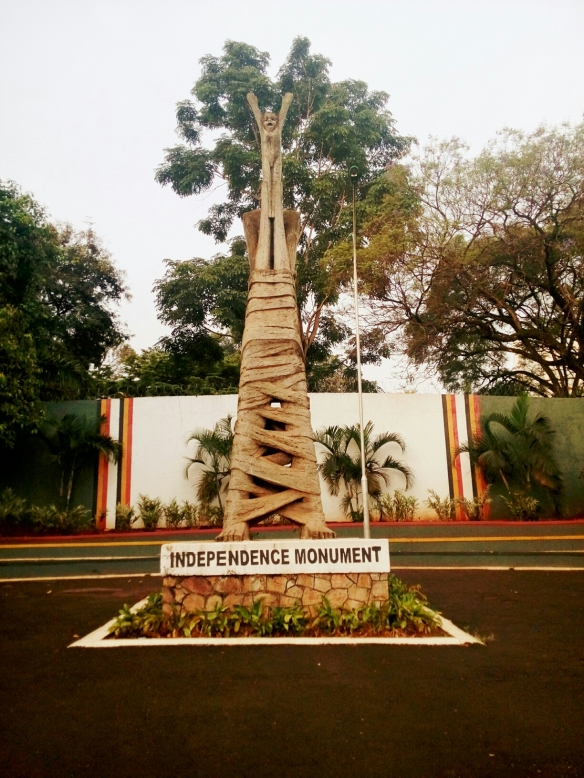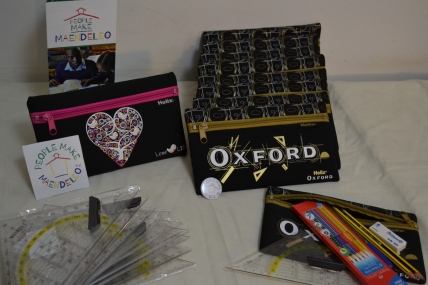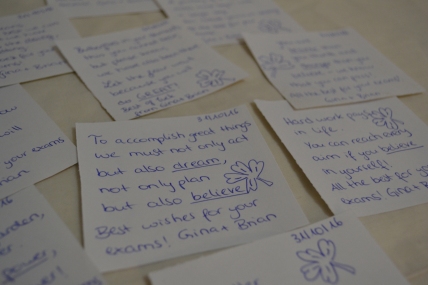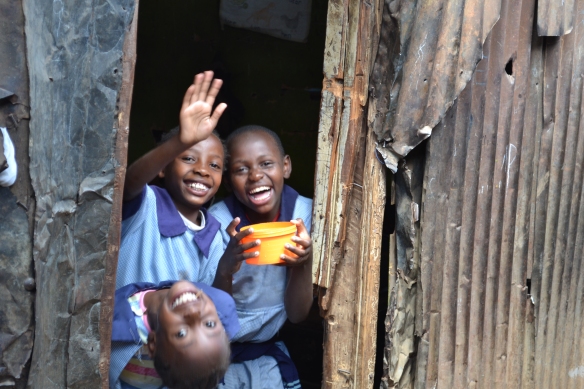On December 16th after another two quiet days in Dar, we took a bus to Lushoto on Usambara mountains with Tatjana. We arrived in the evening time after a 9-hour bus ride and stayed at the Whitehouse Hostel – a nice place and family business (10 000 TZS – about 5€ – per night per person, breakfast included) run by an incredibly organized guy called Augustino! Definitely worth a stay, Augustino is very helpful and has a great personality, we felt rarely comparably welcomed at any other place we stayed before! Also I got in touch with Bakari in advance who was ready to be our guide during our stay in Lushoto. He is truly a great guy who knows everything about plants & organizes great hiking trips.
The next day (17/12) we did a 17km hike trip with Bakari to the rain forest, Irente Restaurant where we were offered a delicious lunch – one of the best during our travels – and an absolutely stunning view point on more than 1500m altitude!
The next day (18/12) Tatjana had to take a bus back home to attend uni the next week. We caught a dalladalla-bus to Soni where we visited the Soni Falls for 2000TSZ (equals about 1€) entrance fee per person. Unfortunately on top of the falls people tend to throw their waste in which comes down the waterfall afterwards. You can see plastic bottles, clothing and human waste and the water itself is not very clean either.
On Monday (19/12) we planned on taking a bus from Lushoto to Arusha (distance of 310km) but got off in Moshi as the bus ride was the worst we’ve ever had and after an already 6-hour ride without any space, being stuffed in like chicken – we arrived in Moshi and decided to stay at a beautiful place called Karibu Hostel with swimming pool run by Maria & Sam who are working within an NGO called Born To Learn established by Maria which is supporting different local initiatives. Moshi is a beautiful small town, very laid back and perfect for having a relaxed time before heading to Arusha! If you’re lucky, you can see the snowy top of Kilimanjaro from Moshi when it’s not too cloudy – and in Moshi we were also told a very appropriate saying “In Tanzania we don’t climb Kilimanjaro, we drink it” – that’s what we actually did indeed!
The only incident which really bothered me in Moshi took place at Pamoja Café: first some guys invited us to sit with them – what a nice gesture we thought – then while sitting together at one table, this one guy would explain how important respect towards women is as women give birth to all men and at the same time wouldn’t stop talking about his dick or mentioning several times if he could swop his girlfriend with Brian’s or how beautiful and delicious I am – in front of my boyfriend who was sitting right in front of me. This was by far the rudest incident happening to me in Tanzania. Yes, you get harassed several times on a daily basis. Yes, you also get harassed in other countries. Yes, also in Germany. Yes, it’s not everybody participating in the harassment. No, by stating this I’m not blaming a whole nation. But still I’m asking myself WHY. Hearing from my friends who are studying in Dar, they would get it each and every day – even on the campus – no matter their skin colour or origin! A survey states that more than 90% of women in Tanzania experienced sexual harassment. Read it again. Think about it. Raise awareness!
After two very relaxing days wandering around town we took a minibus to Arusha on December 21st which took only about 2hours.
In Arusha we stayed at Nyumbani Hostel a place which lives up to it’s name – a home away from home.
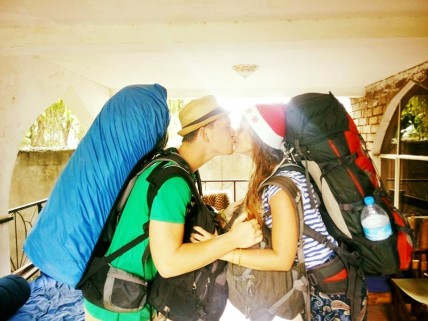
Arusha is more a starting point to go on different safaris and therefore a not very interesting place to spend your time. That is why we took a bus back to Nairobi already the next day, on December 22nd. We were told if you take a bus from Lushoto or Moshi or Arusha, make sure you take one coming from Dar which are the most comfortable ones but can also be heavily delayed. This is what we experienced catching the last bus of our journey: instead of departing around 4pm, we left Arusha only at 7pm.
The busride was relaxing but when we came to the Kenyan side of the border, the ‘usual Kenyan struggle’ started – from askaris (engl. soldier) wanting money for the immigration form, to the guy working for the bus company whose main interest was to get us through the immigration office as fast as possible and still wanting us to ‘give him a zawadi (engl. gift)’ for his kind services (which actually slowed down everything as we ended up the last in line) to the officer at the visa office granting us only one month-visa instead of the common three for tourists. “What are you doing in Kenya AGAIN? We don’t know what you are doing. Therefore you will report to the immigration office in Nairobi again after one month!” – without any sign of politeness or respect.
Karibuni Kenya! Welcome back to Kenya!



































































